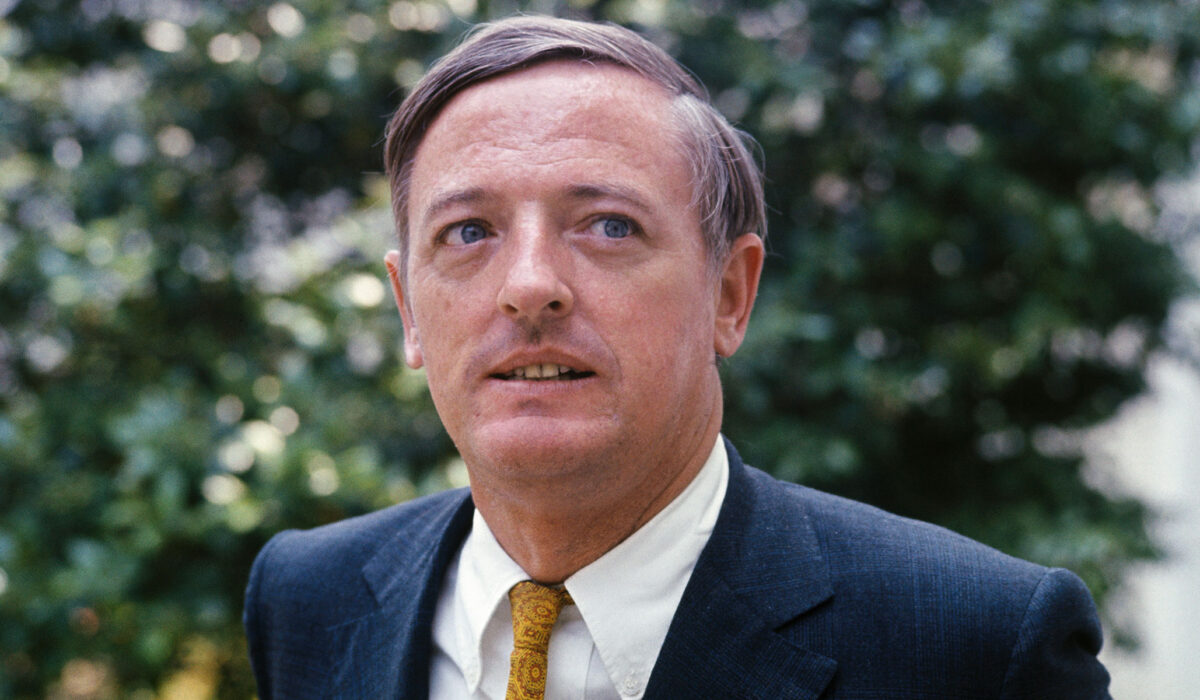He Came to Personify Conservatism
He not only came to personify conservatism; he also explained it and articulately defended it, elevating our public discourse along the way. That sentence captures a rare mix of intellect and conviction that American conservatism badly needed. It points to someone who made ideas accessible without diluting them.
He spoke in full sentences and trusted argument over sloganeering, which made conservatism feel like a creed you could explain at a dinner table. His voice pushed back against the noise and petty spectacle that too often passes for political conversation. That steadiness set a tone others could follow.
On the substance side, he presented principles that mattered: limited government, individual responsibility, free enterprise, and a strong national defense. He didn’t hide them behind jargon or compromise the fundamentals for short-term applause. Instead, he laid out why those principles worked for real people and communities.
He defended those ideas with facts and logic, willing to face opponents on their ground and on his own terms. That willingness to debate with rigor raised the level of public argument and forced better answers from everyone involved. It’s easy to win by shouting, harder to win with reason.
Style mattered to him as much as substance, and style is part of persuasion. He used wit and refinement to disarm critics and clarify issues, which made policy debates less theatrical and more substantive. That approach helped make conservatism intelligible to people who might otherwise have tuned out.
He also understood the power of institutions—magazines, shows, and forums where ideas could be tested honestly and repeatedly. By building and supporting places for debate, he ensured conservatism wasn’t a passing mood but a sustained intellectual movement. Institutions converted energy into long-term influence.
Mentorship was another part of his legacy; he showed younger thinkers how to argue without losing their composure or their principles. He expected rigor and rewarded clarity, creating an environment where fresh voices could sharpen themselves. That discipline has ripple effects across generations.
In the media, he was both provocateur and teacher, challenging sloppy thinking while offering an alternative grounded in principle. He made conservatism a public conversation rather than an ideological echo chamber. When ideas are presented clearly, they win friends and change minds.
Policy wins followed when arguments were sensible and well-presented, because public trust follows competence. He linked abstract principles to practical outcomes that improved lives, which is ultimately how movements earn legitimacy. People respond to ideas that solve problems, not to slogans that dodge them.
There is a practical lesson here for anyone serious about public life: substance, style, and institutions together sustain a healthy political movement. Ignore any one of those and the rest suffers; get them right and the influence grows. That blend is what made his role so consequential.
His example is a reminder that conservatism can be both principled and persuasive, and that defending ideas well matters more than scoring cheap points. Keeping the conversation elevated protects democratic norms and helps voters make clearer choices. That is why his presence in the public square was more than symbolic.

